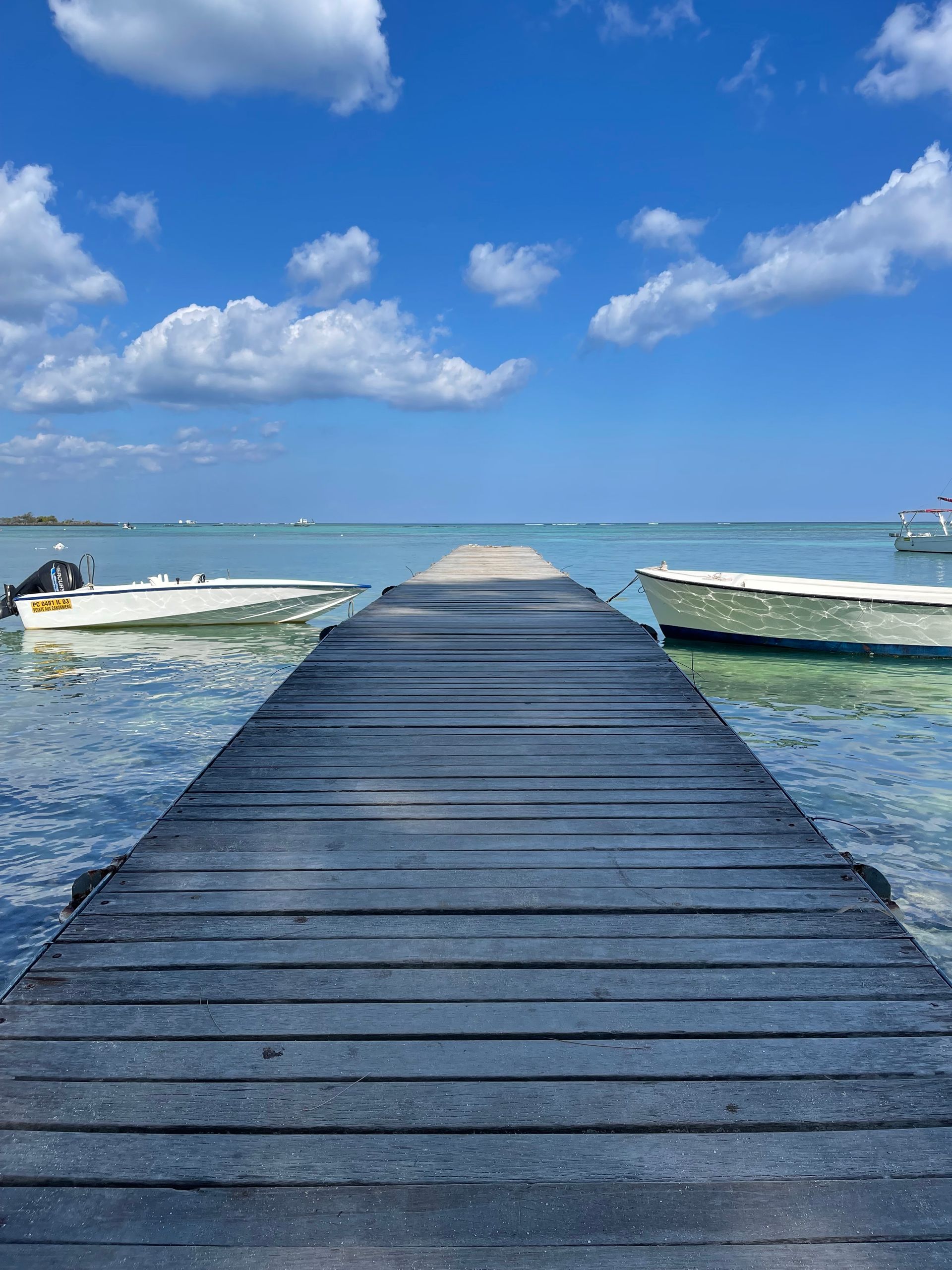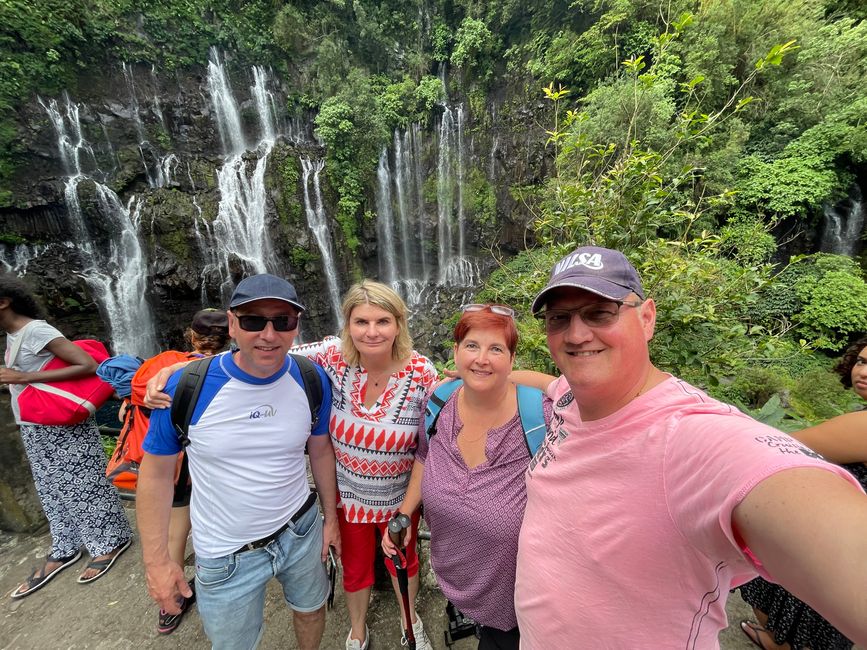We change car, hotel and destination
ተሓቲሙ: 23.07.2024
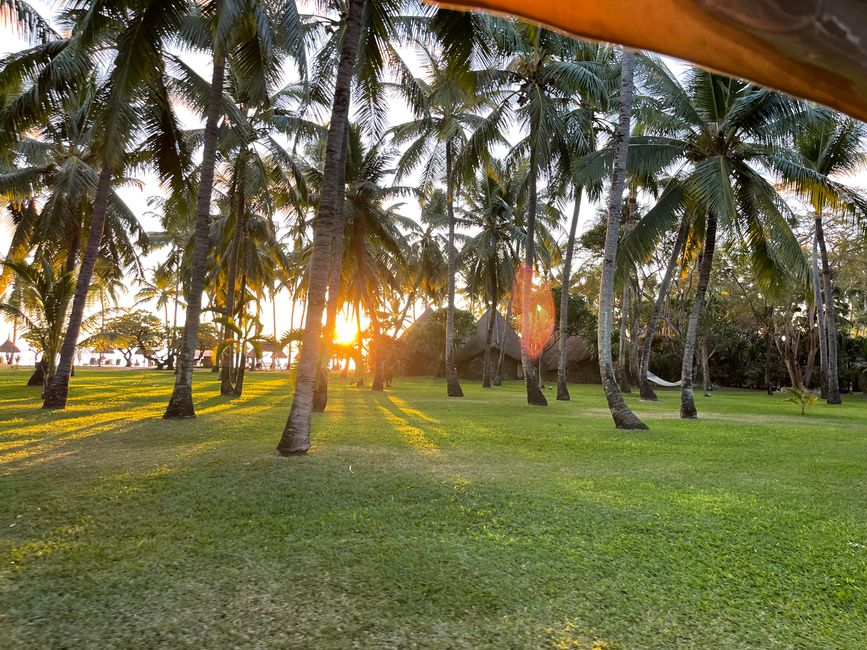
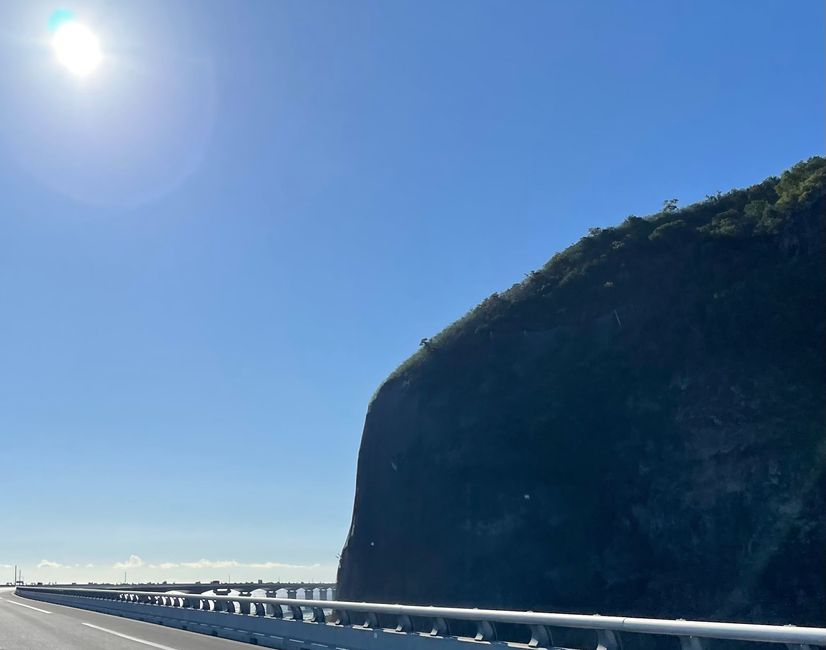
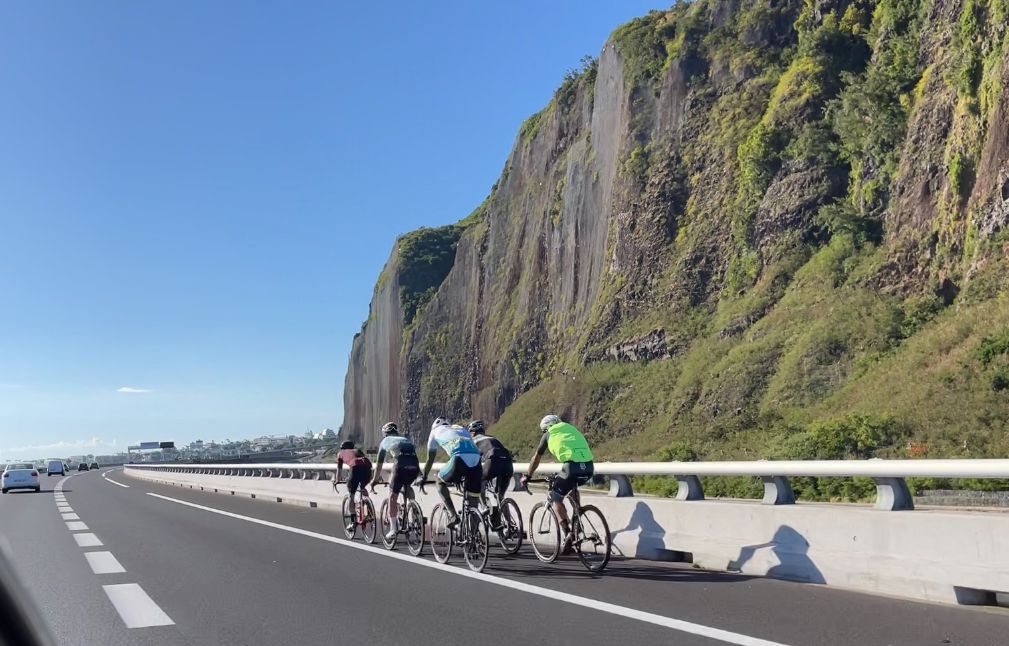
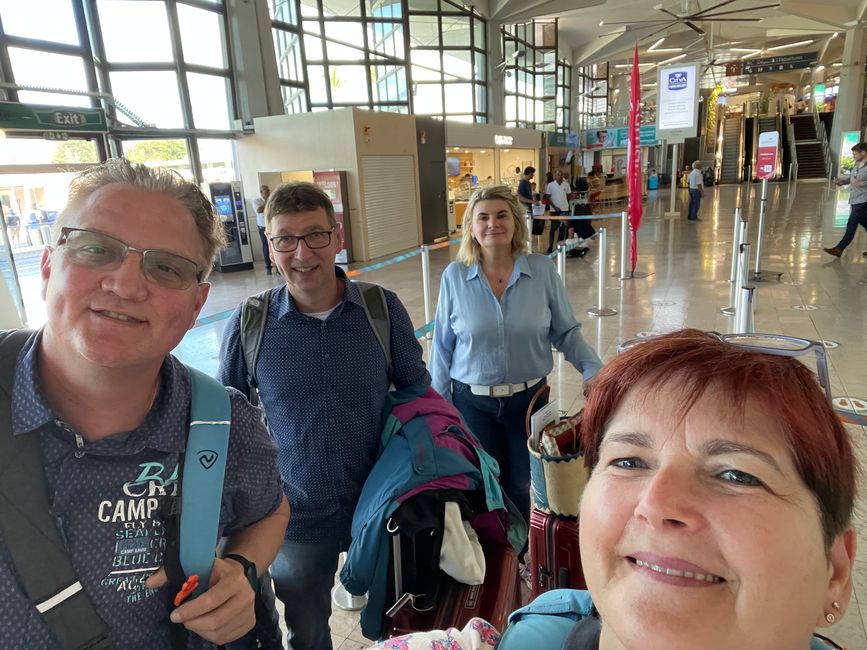
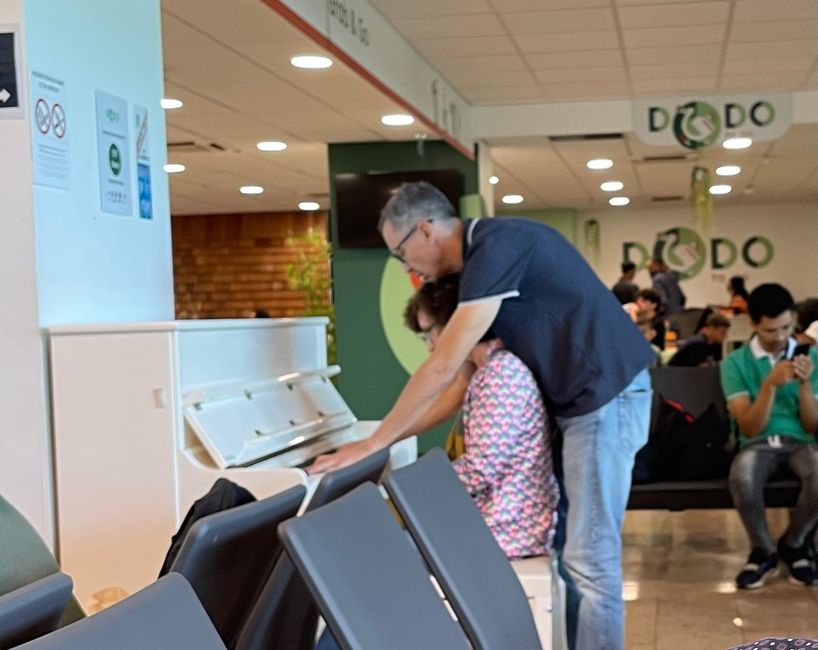
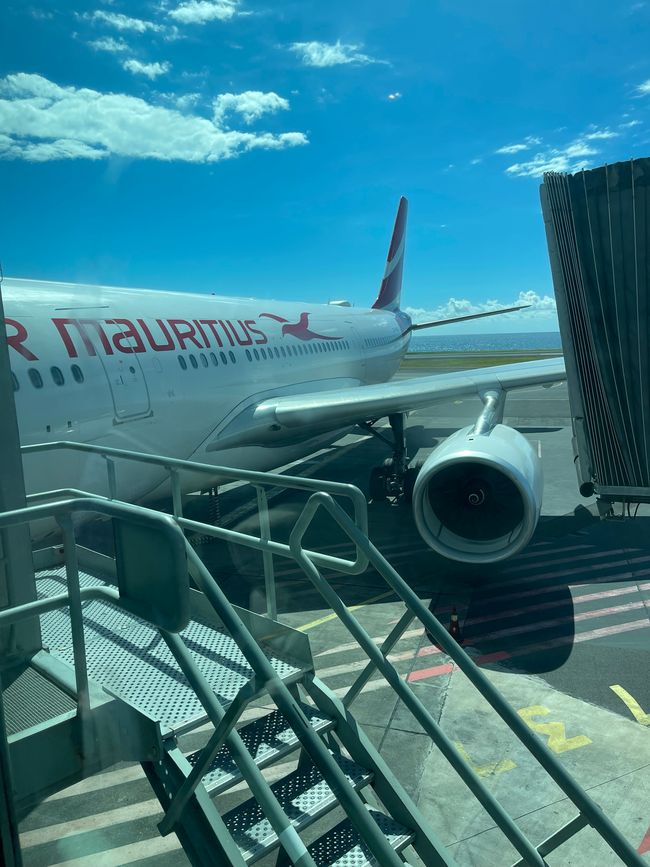
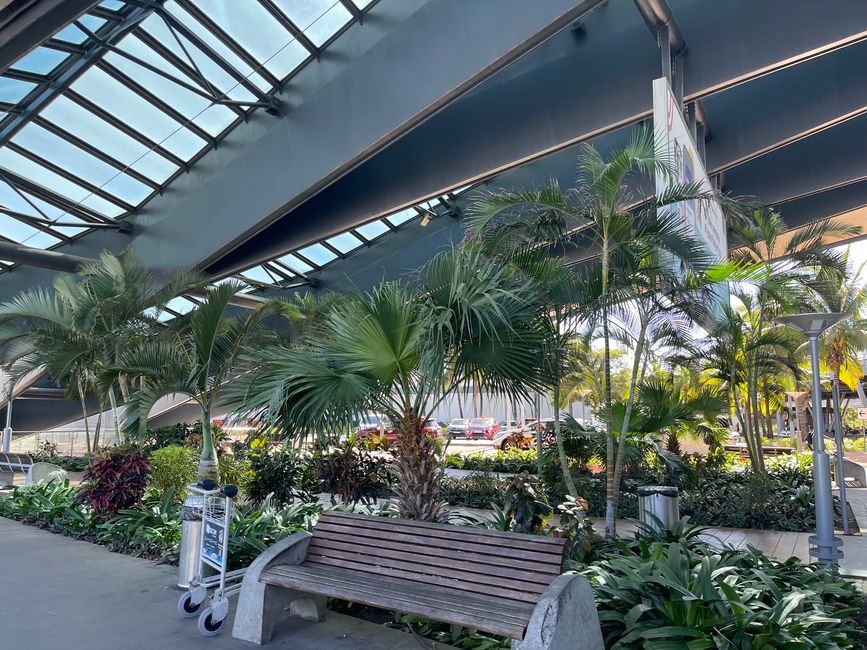
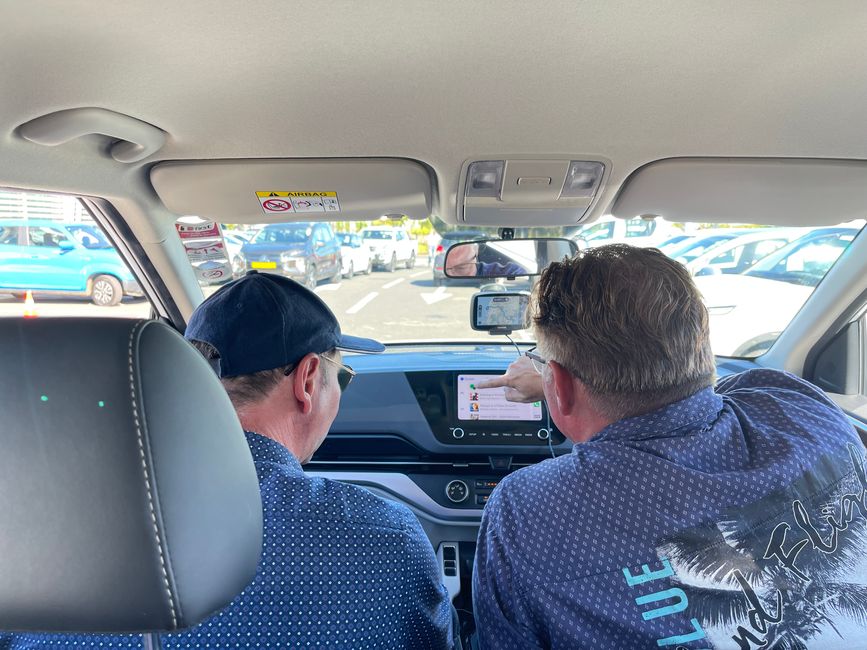
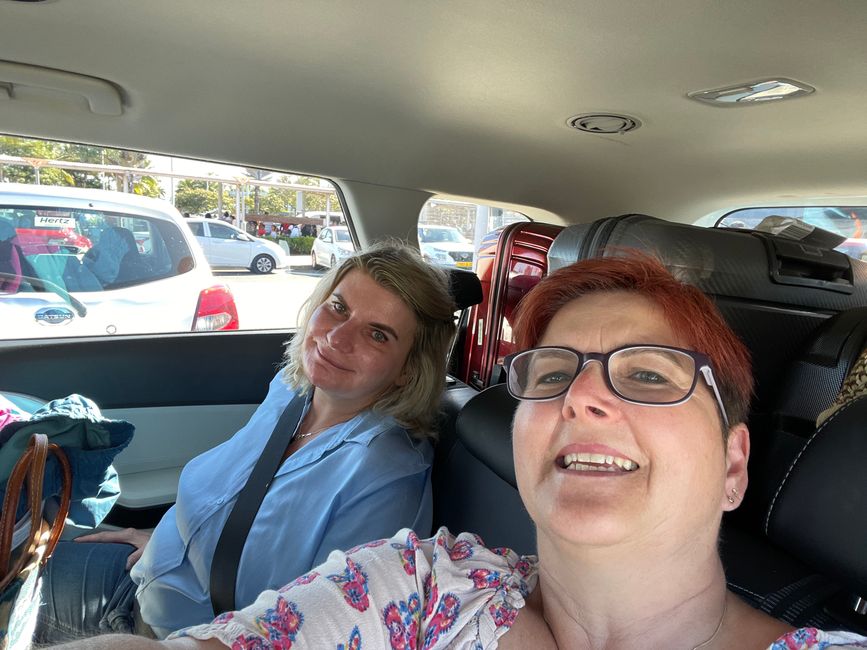

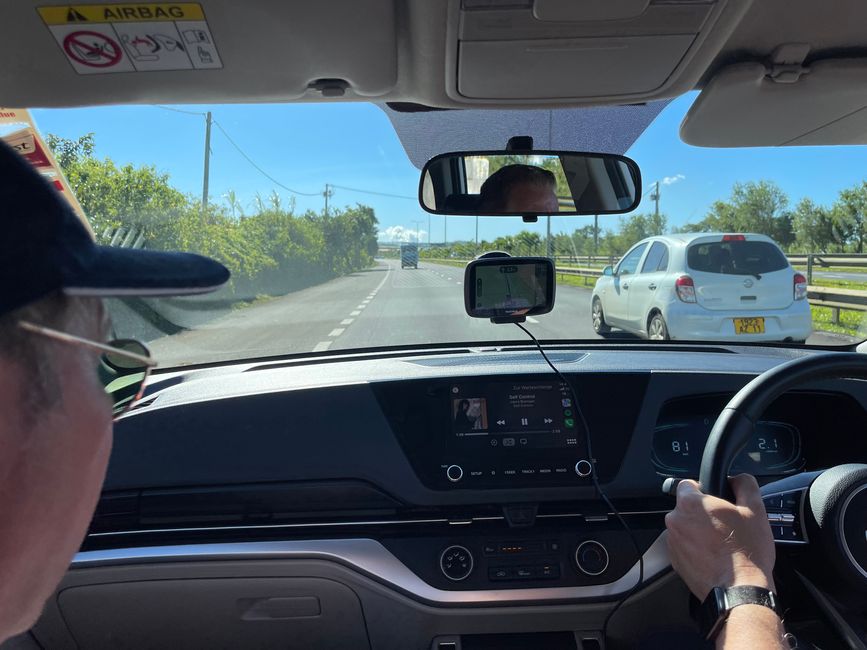
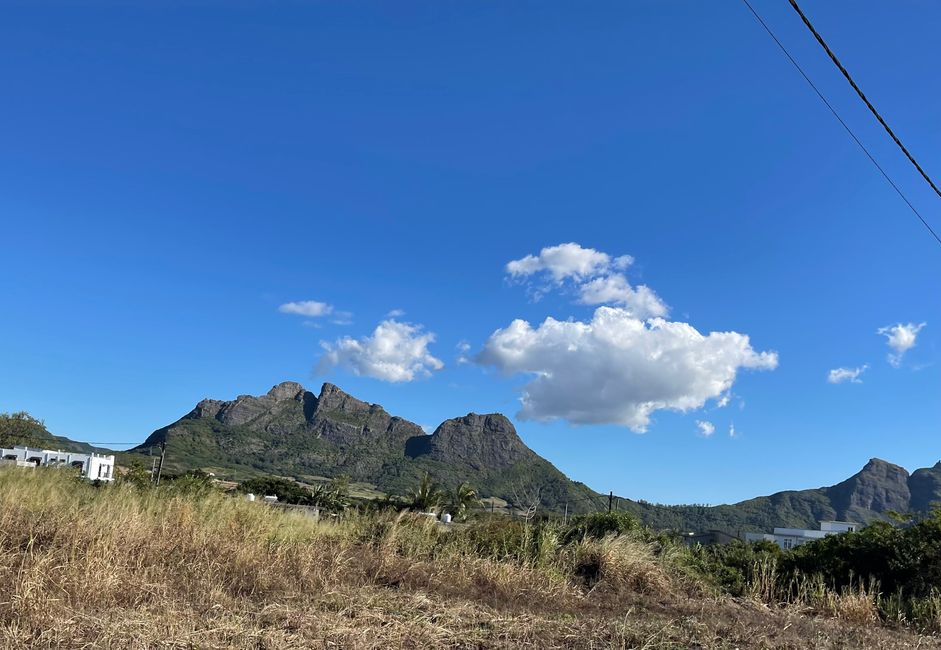
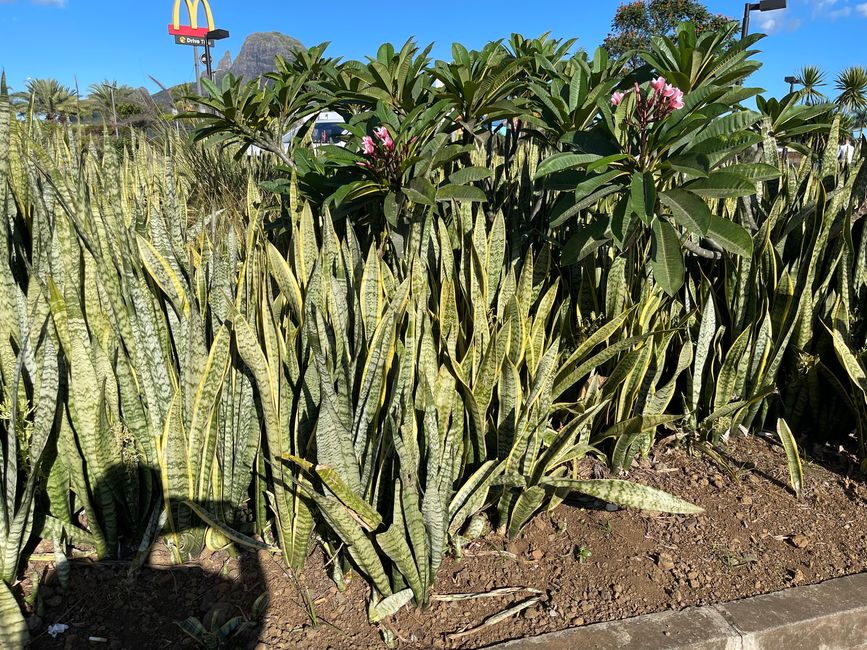
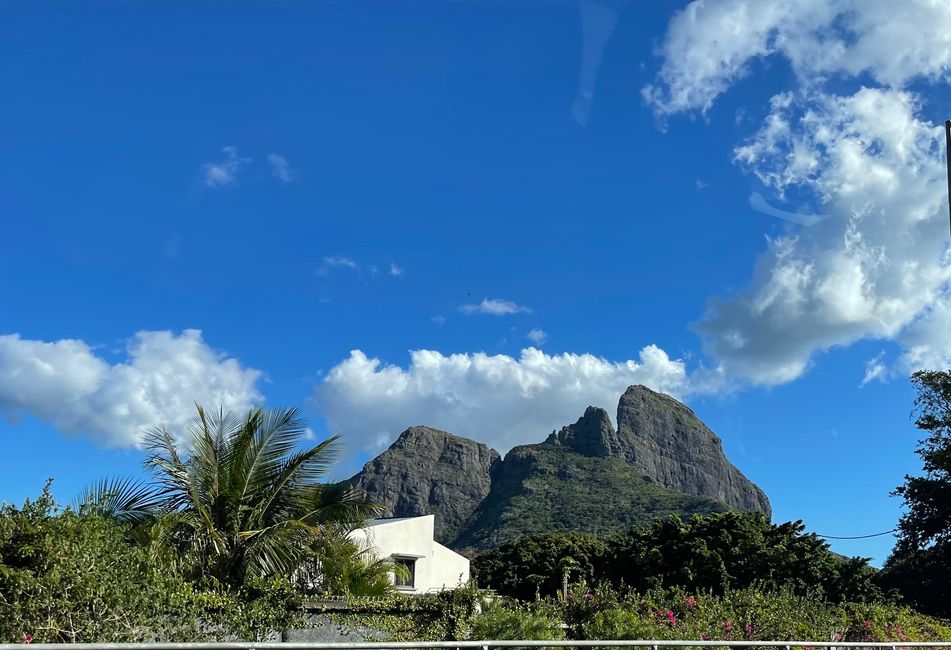
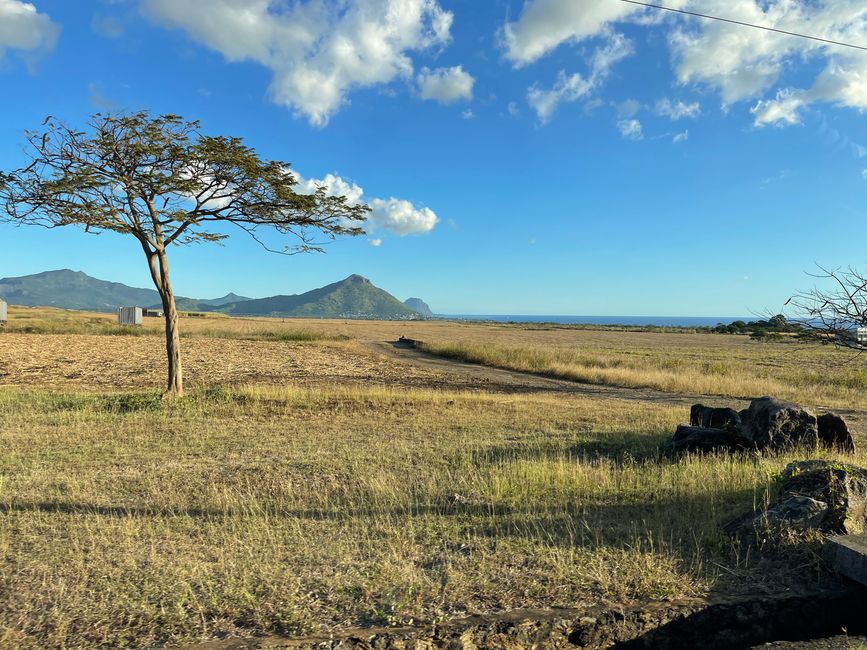
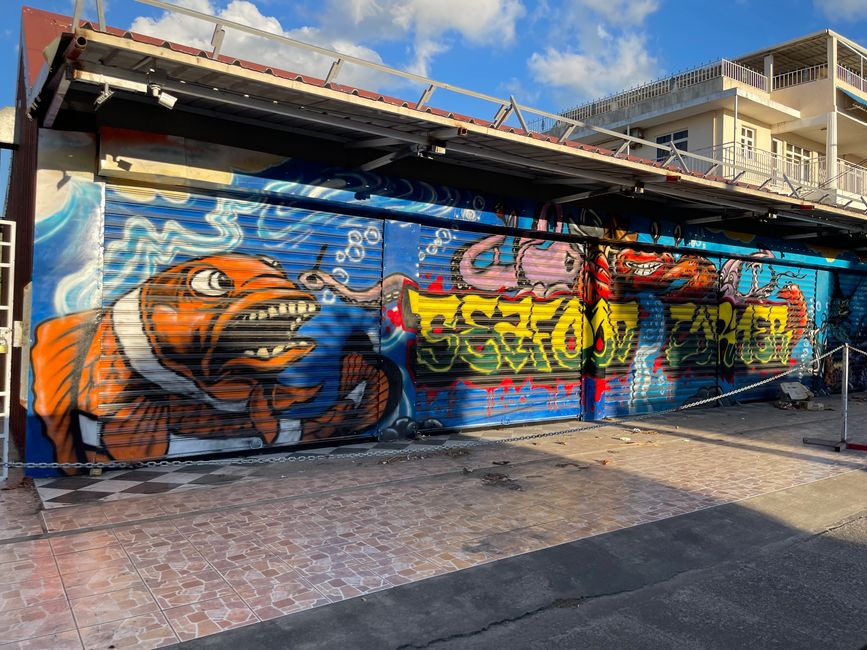

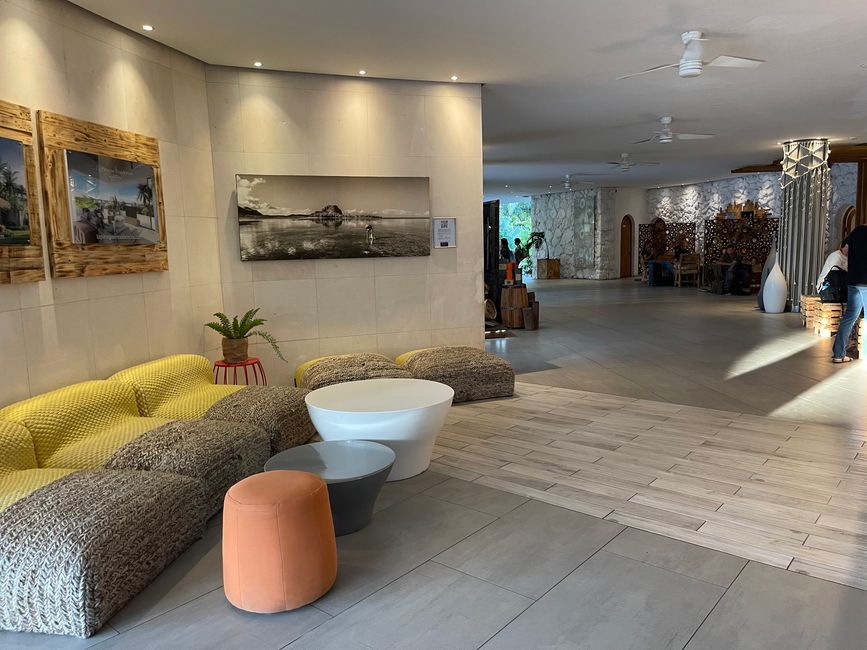

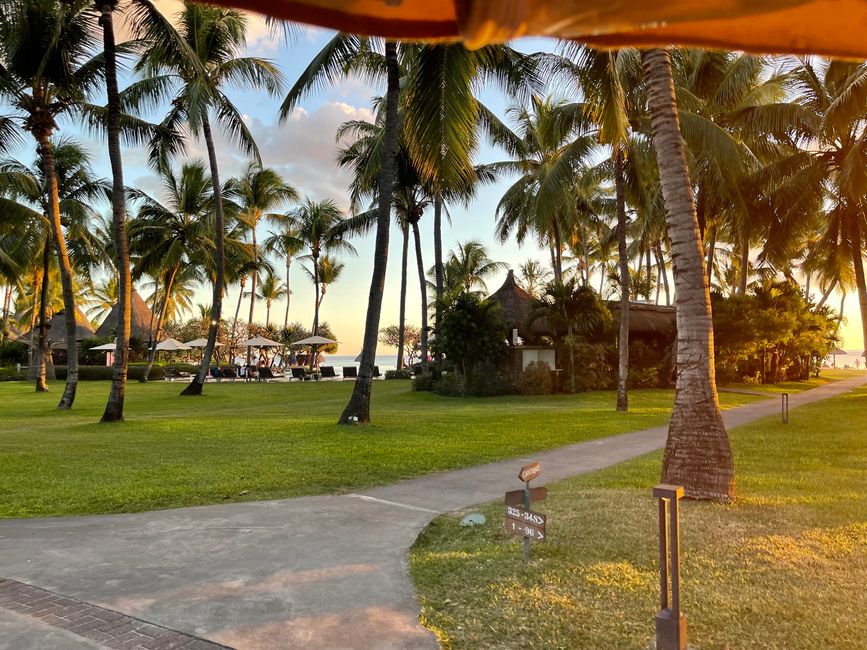
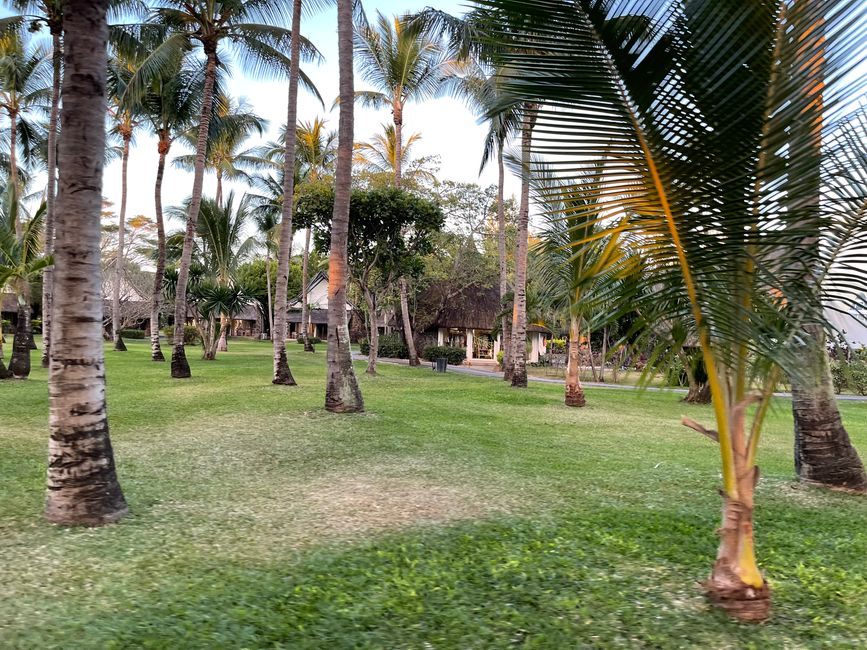
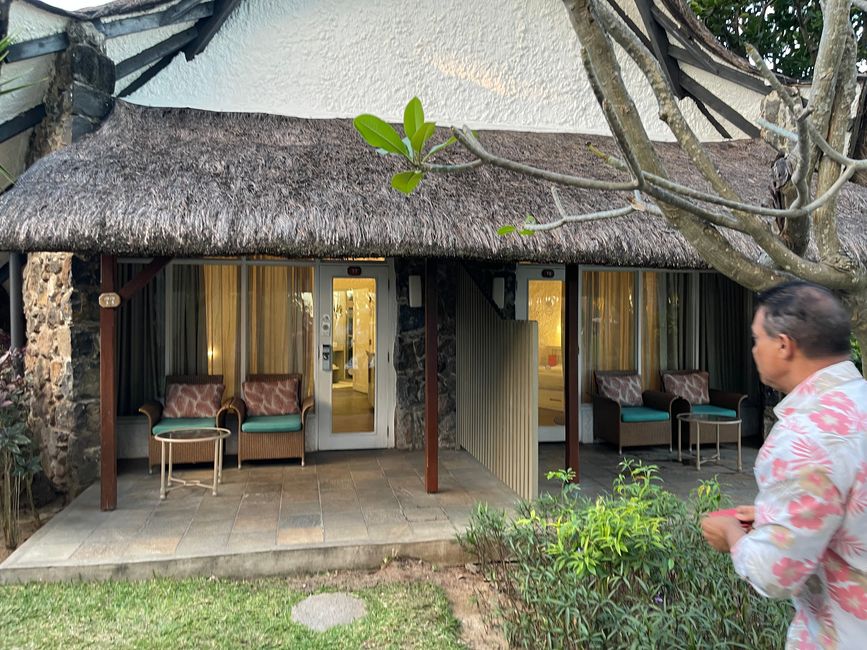
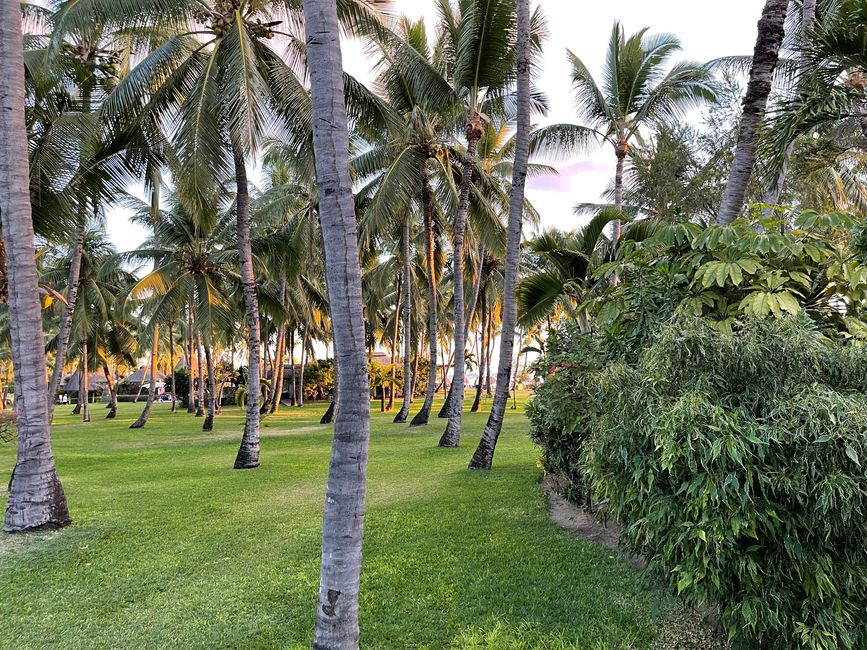
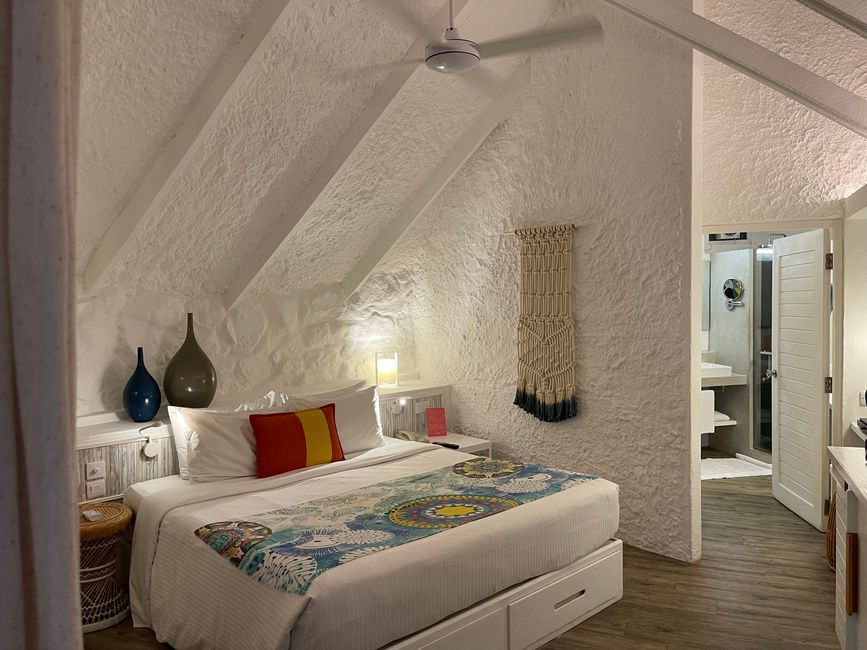
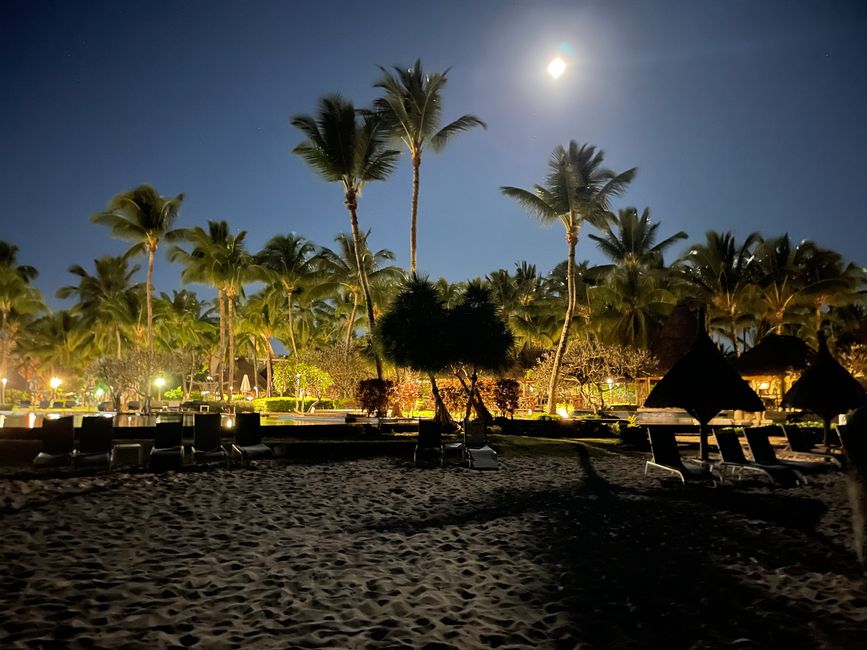
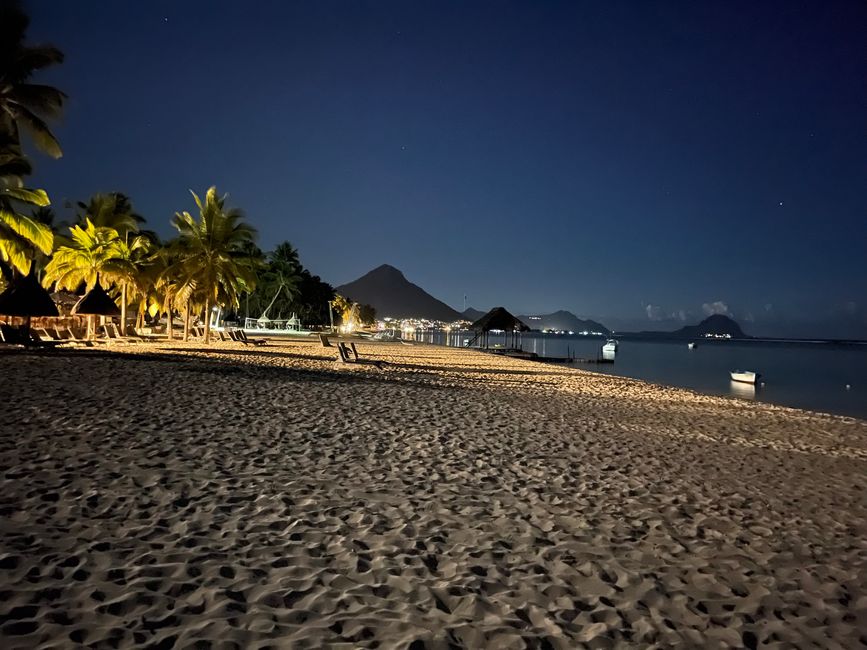
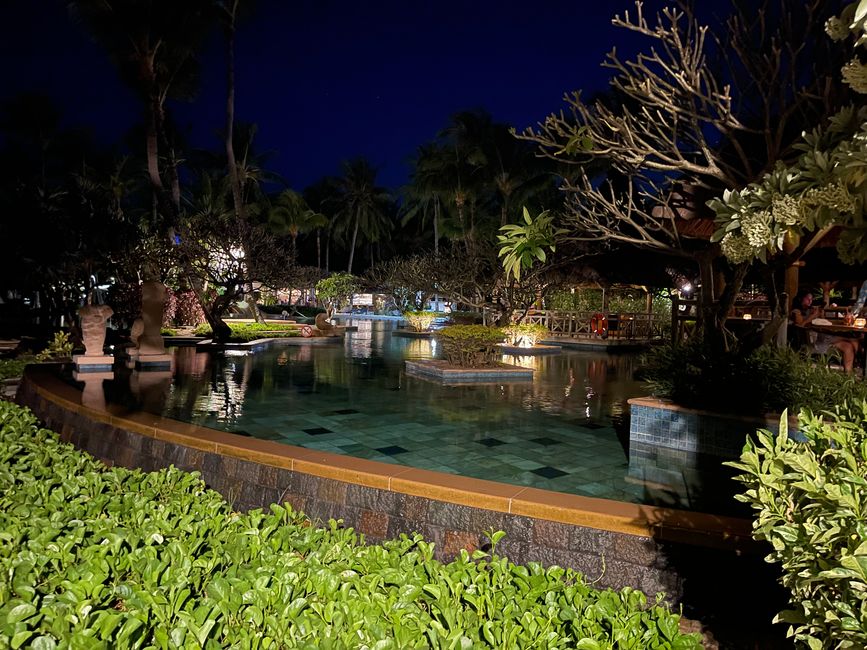
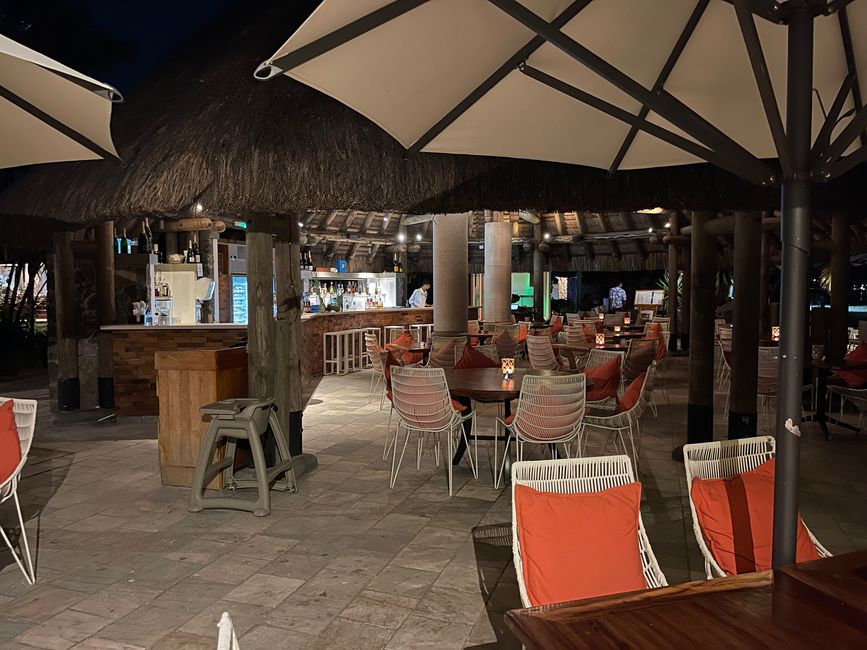
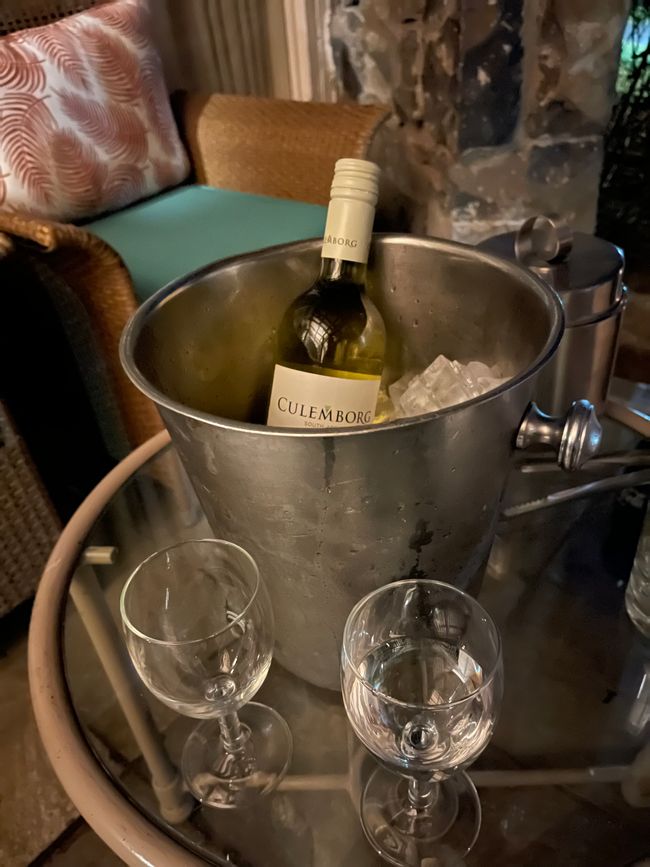

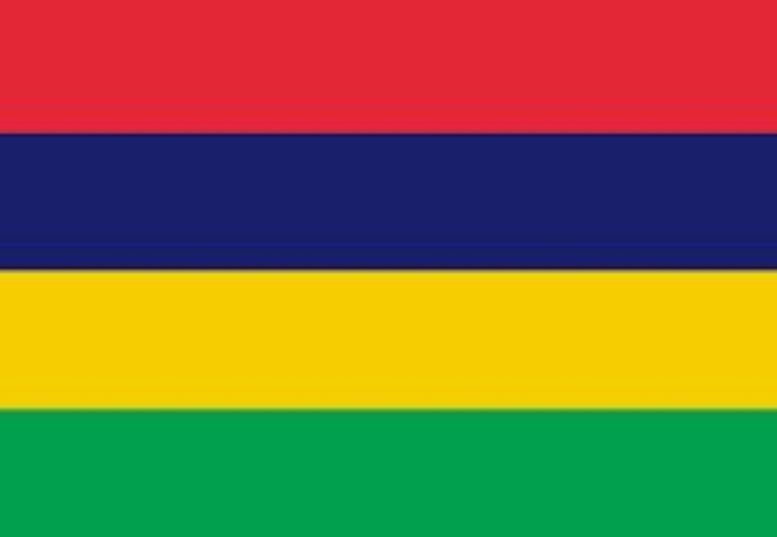
ንዜና ሳብስክራይብ ግበሩ
One last breakfast and then it's time to say goodbye to Europe, to Reunion. The suitcases are packed, the weight is evenly distributed and we're right on schedule. Today we're finally driving on the 12 km long coastal highway built into the sea, subsidized by EU funds.


Facts:
An important traffic artery that connects the port in Le Port in the west with the airport in the north - and thus the two largest economic locations on the island. This route is now used by almost 20 million vehicles a year and traffic is constantly increasing. The new construction was necessary because the current RN1 route along the coast is at risk of rockfalls and erosion. The new coastal road runs at a safe distance from the cliffs and is being built as a mixed construction on dams and bridges (six dam sections and two bridges). Estimated costs are 3 billion euros, making it the most expensive road in the world.



The plane takes off almost on time. We've barely got up when the captain starts his approach to landing. The steward hands out a tetra pack of juice as he goes, and collects the empty ones as he goes back. After 30 minutes, the plane lands rather roughly on the runway.

Here we are, in Mauritius.
Facts:
The island belongs to the Mascarene archipelago and is located 200 km from Réunion. At 65 km long and 45 km wide, it is half the size of Mallorca. For a long time (15th-17th centuries), the island was considered a stopover for provisions on voyages between Europe and India (around the Cape of Good Hope). First the Portuguese, then the Dutch, the French and finally the English shaped the island. They were all the ones who eradicated the dodo 🦤 (a flightless, 20-25 kg, edible bird with no natural enemies) and the elephant tortoises (both were taken as provisions). They decimated the ebony stock to almost 0% and brought pigs, rats and sugar cane to the island. Slaves from Africa and India served as workers.
Since 1992, Mauritius has been a republic and independent of the British Crown.
Today, the almost 1.3 million multicultural population is made up of Indians (68%), Creoles (27%), Chinese and Europeans (each about 2%).

The flag means:
Red for the blood that was shed for independence.
Blue for the Indian Ocean.
Yellow for the light of independence.
Green for the country's rich vegetation.
National languages: English, French and Creole
Economic sectors: textiles, sugar and tourism.


Collecting our rental car was easier than ever. A huge Kia van that even had enough room for all of our luggage.

First challenge (thanks to the English) - left-hand traffic. Good thing we have an automatic car. Schahaatz drives us confidently





and with a super clean windshield to the hotel 🤣, because the indicators and windshield wipers are reversed here.
On the way there we were already joking about which back corner of the hotel we would be put up in this time.
And then …… The hotel - a dream.






And the food…..
…… 14 days here and you come home with 20 kg more body. Good thing we are only here for 5 days. 😅
And what's fantastic is that we don't have to worry about what and where we eat - wonderful.



ንዜና ሳብስክራይብ ግበሩ
መልሲ (1)
Giselher
Schade nur noch 5 Tage!Wie schnell vergeht die Urlaubszeit.Sieht ja alles toll aus!Noch schöne Tage auf Mauritius. 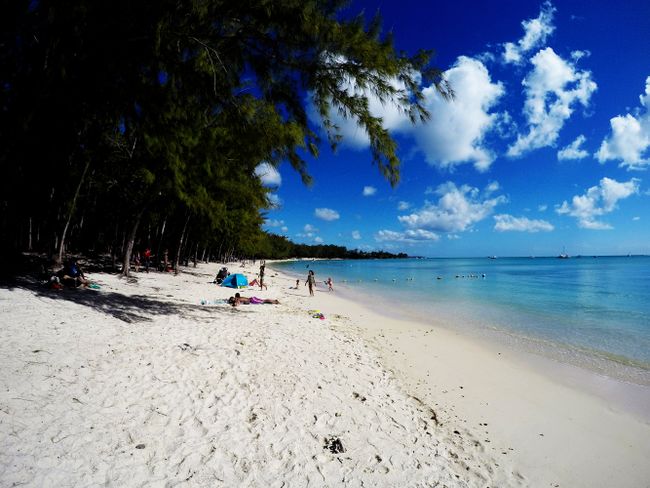
ጸብጻባት ጉዕዞ ሞሪሸስ
